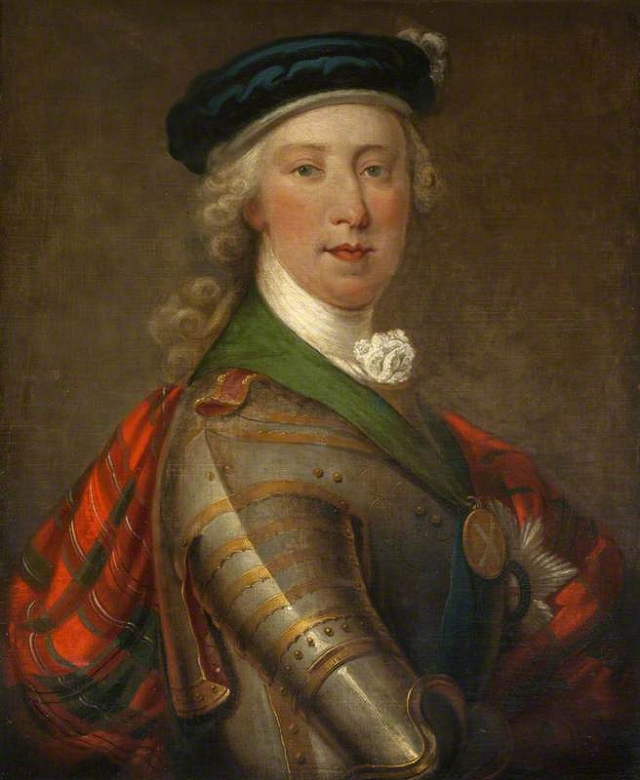
We've spent hours in the museum already and though Penny's porridge was wonderful, it feels as if we've put in miles on the marble floors. We head across the street to Greyfriars Bobby's pub, passing the statue of a little black dog on the way.
In 1858, a man named John Gray was buried in nearby Greyfriars Churchyard. James Brown, the curator of the burial ground, remembered the dog, a Skye terrier called Bobby, as one of the most conspicuous of the mourners at Gray's funeral. The grave was closed in as usual, and next morning Bobby was found, lying on the newly made mound.
Bobby was driven out, but next morning he was there again, and for the second time was chased away. The third morning was cold and wet, and when the old man saw the dog, still lying shivering on the grave, he took pity on him, and gave him some food. From that time until his own death in 1872 he never spent a night away from his master's tomb. Bobby's devotion was later commemorated in 1873 by the erection of the statue by Baroness Burdett Coutts.
Inside the pub, we order and pay at the bar, then settle back into a little nook of a room where three young girls laugh and talk in the corner. The dance music blaring from the jukebox seems out of place; my head is still full of Vikings, Gaels and Jacobites. Fortified by roast beef baguettes and cold sodas, we are soon back on our feet again and heading across the road, but not without stopping at a news agent first for a supply of Cadbury bars to munch on during our long drive away from Scotland tomorrow. Something that is best not dwelled upon.
Back in the museum, we return to explore level three thoroughly. Here there are surgeons tools and carriages, tartan uniforms, a traveling canteen belonging to Bonnie Prince Charlie ... there is so much to take in. We wander here exclaiming over discoveries for at least an hour. Level 4 is next and we stop in our tracks at the site of a huge locomotive. Are we interested in this? Not really.
Dana takes a peek at her watch. Time is flying by and there's still the gift shop below and shopping on the Royal Mile to do before we return to Laurieston.
Down we go in the elevator to wander around the gift shop for quite a while. Here are the reproductions of the Lewis chess pieces, dated from the eight century and discovered in the 19th, which I had seen in the Past Times catalog. But I am distracted by a stained glass medallion decorated with three figures from the Book of Kells. I've already purchased so many books for myself and though this isn't terribly expensive (£14.95), a little twinge of guilt prevents me from picking it up.
Robin and Dana appear at my side, telling their tales of things they'd left behind last year and regretted not taking home with them. "You need that," Robin says gently. Her words are all of the encouragement it takes. I do, however, turn my back on the chess pieces. Several sizes are offered and I'm feeling a bit like Goldilocks; they're either too big (bookends which tempt me but will be difficult to transport) or too small (refrigerator magnets, which I'm not fond of).
I purchase a museum guide and pick up a free pamphlet of books that the museum offers. The wonders of the Royal Mile await us.

Charles Edward Louis John Casimir Sylvester Severino Maria Stuart (1720 – 1788) was the elder son of James Francis Edward Stuart, grandson of James II and VII and after 1766 the Stuart claimant to the throne of Great Britain. During his lifetime, he was also known as "The Young Pretender" or "The Young Chevalier" and in popular memory as "Bonnie Prince Charlie".
He is best remembered for his role in the 1745 rising; his defeat at Culloden in April 1746 effectively ended the Stuart cause, and subsequent attempts (such as a planned French invasion in 1759) failed to materialize. His escape from Scotland after the uprising led him to be portrayed as a romantic figure of heroic failure in later representations.
Read more about Bonnie Prince Charlie at Wikipedia.